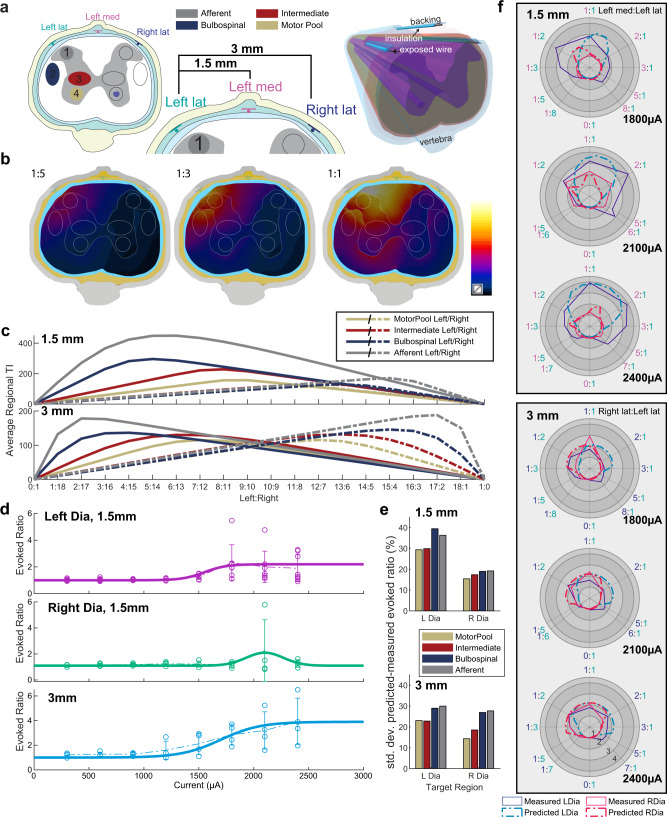Fig. 6. Computational prediction of TI stimulation-induced evoked response and current steering.
a Simulation setup reproducing the experimental setup. Three electrodes are placed dorsally in the epidural space of the spine (left lateral, right lateral, and ‘Left’ medial), while a shared return electrode is placed ventrally. TI modulation amplitude maps are generated using two different configurations of channel pairs: the ‘1.5 mm’ configuration using the left lateral and the medial electrodes, as well as the ‘3 mm’ configuration using the left and the right lateral electrodes (naming reflects the electrode spacing). Four candidate target regions have been defined (shown as colored ellipses). b By changing the current ratio, the distribution of the TI modulation amplitude can be steered laterally. c shows for both configurations, how changing the ratio affects the averaged TI field of the left (continuous) and right (dashed) target regions for a given total current (graphs are normalized to 2 mA). d To translate TI modulation amplitude field to evoked left and right diaphragm responses (evoked ratio) sigmoid/Gaussian curves are fitted to the measured current strength-dependent responses (1:1 current ratio). The data points are the experimental data that the model (thick solid line) is derived from. e The deviation (relative standard deviation) between measurements and simulation predictions of the evoked left and right diaphragm responses have been quantified for predictions based on the simulated TI exposure of the four candidate target regions. Motor Pool-based predictions provide the best results. Panel f shows, as a function of the current ratio, polar plots comparing the experimentally measured (solid line) left (blue) and right (red) diaphragm evoked ratio to the simulation predictions (dashed line) for a range of total currents and for the two exposure configurations—here only the superior predictions based on ‘Motor Pool’ exposure are shown.

